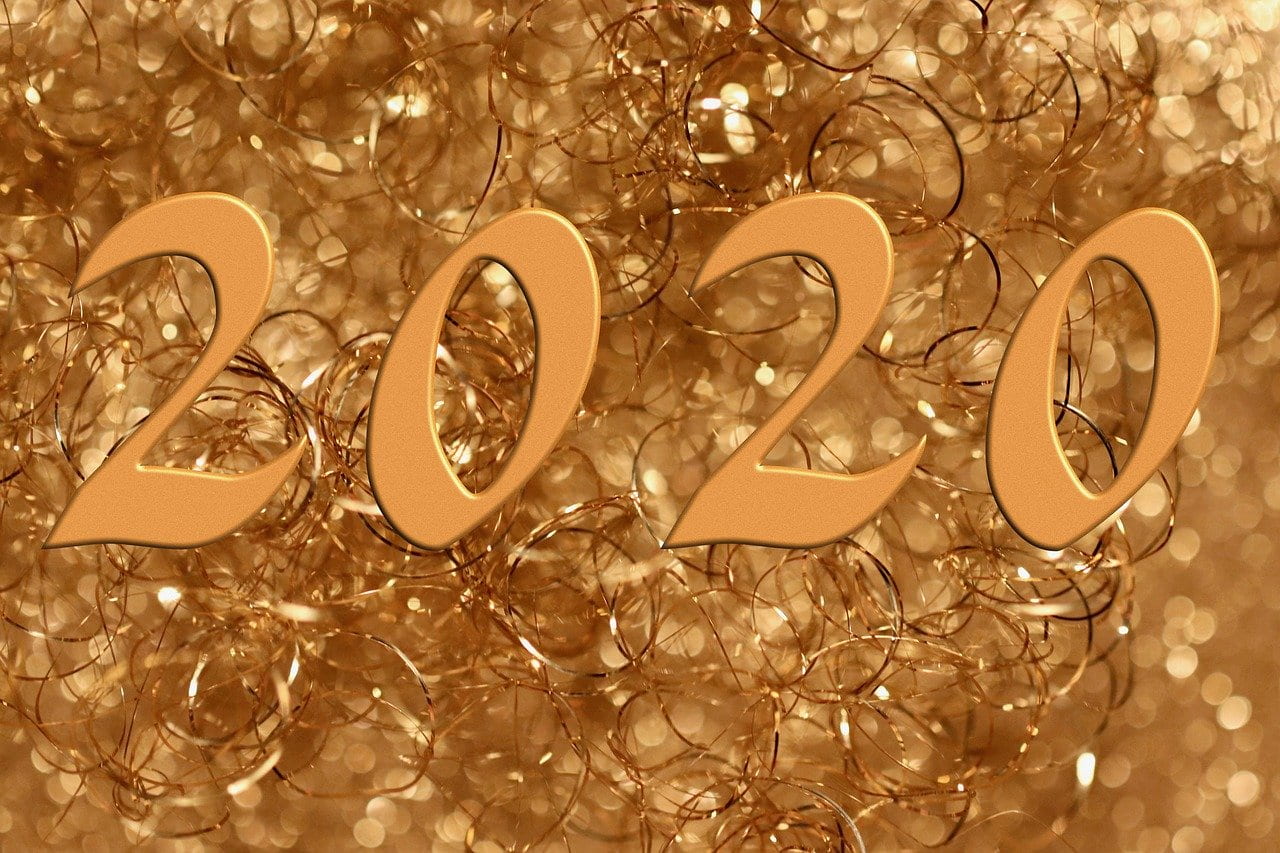
Nennieinszweidrei / Pixabay
Last month, the British Council published my piece titled My new classroom techniques and activities for 2019.
As we all know, it’s important for us teachers to try to keep things “fresh” for us so we don’t get stuck in a rut.
I will be continuing to do those activities, as well as a ton of others I’ve used over the years.
However, over the break I realized there were some lesson ideas I hadn’t used as much as I should have – if at all.
So, in addition to the “usual,” here are some learning activities I will be doing more off in the coming weeks (I don’t think any are particularly original, but I thought readers might find them useful):
SEQUENCING
Sequencing activities can be an engaging challenge to students since they can be perceived as a “puzzle.”
After reading sentences as a class and making sure everyone understands the vocabulary involved, students cut-up the sentences and put them in the appropriate sequence, as well as highlighting the “clue” words they are using to determine the sentence’s place.
We’ll be focused on the theme of “Money” when we return from Winter Break, and here are the simple sentences students will need to re-order (they are numbered to more easily check on the correct order as a class – they are not numbered in the correct order):
GOING TO THE STORE
1.He went home and gave his parents back the $10 he did not spend.
2. His parents gave him the money.
3. Juan woke up late on Saturday.
4. He took a bus to the store.
5. He wanted the money to buy a new shirt and to buy lunch.
6. After getting dressed, he decided to go to the store.
7. He spent $10 on two burritos and a soda.
8. He went to a restaurant after he bought the shirt.
9. He paid twenty dollars for a new shirt.
10. He asked his parents for forty dollars.
PICTURE DICTATION
Picture Dictation is another simple and engaging learning activity that can be connected to any topic.
Next week, I’ll draw a simple picture of a person paying for food at a grocery store. Without showing it to students, I will describe it to them (using vocabulary we will have previously learned) – “A man is on the left side of the picture. He is putting a candy bar and an apple on a check-out counter on his right…..”
Students have to draw it, and it’s always fun to compare their images with mine – usually the student who’s done most accurate job gets a fruit snack.
Then, students have to secretly draw their own images using the same theme, are paired up with another student, and they duplicate a similar process with each other.
COOPERATIVE “INDEPENDENT READING”
In this activity, pairs of students will choose a book to read aloud to each other for ten minutes or so, and then complete this form, which includes identifying new vocabulary words and saying if they liked the book or not.
The pair then needs to use the completed form to prepare a short presentation to another pair of students who, in turn, will then make a similar presentation to them.
WHAT’S GOING ON IN THIS PICTURE?
What’s Going On In This Picture is a great series done by the New York Times Learning Network.
They have a moderated discussion about a new photo each week asking the following questions:
-
What is going on in this picture?
-
What do you see that makes you say that?
-
What more can you find?
I use photos a lot in class, particularly as part of the Picture Word Inductive Model (see The Best Ways To Use Photos In Lessons).
I think, though, using a modified version of this activity, possibly making it more explicitly about claims and evidence, will be a nice change-of-pace.
I’m still figuring this out, though, and will let readers know what I come up (and am very open to hearing your ideas, too!)
Okay, that’s I what I’ve got cooking. How about you? What new activities are you planning to try-out next week?




Recent Comments